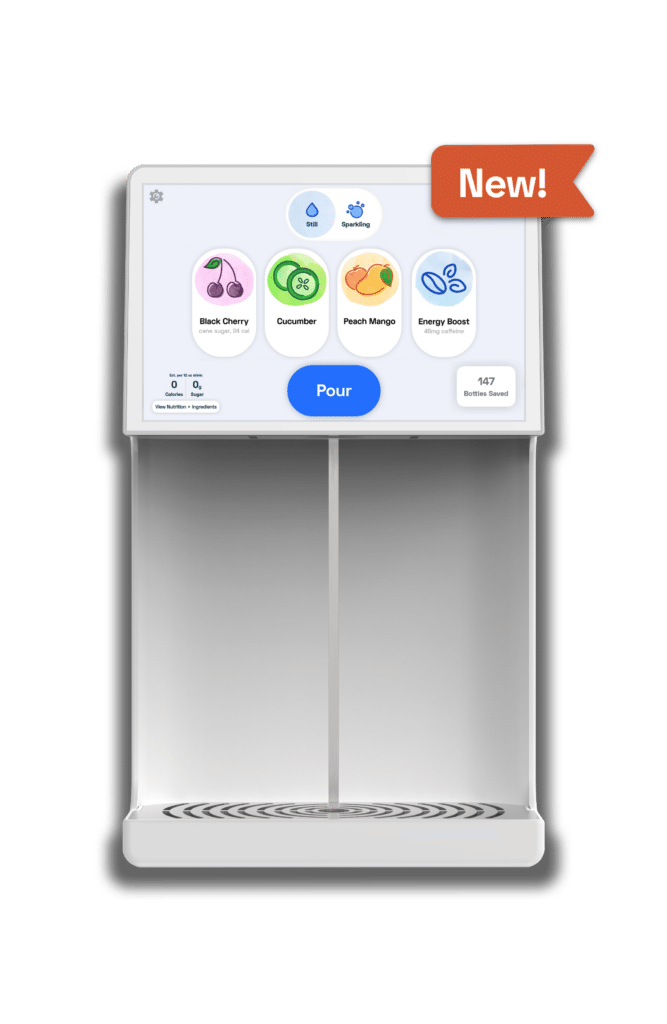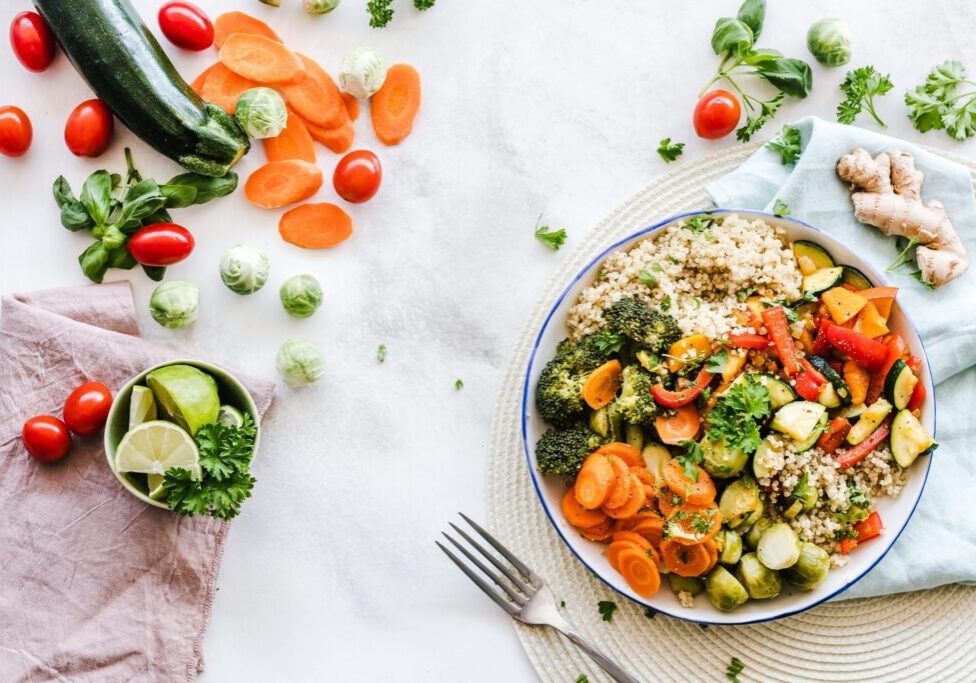We’re going to go out on a limb here and guess that free food is as hard for you to resist as it is for us. That’s why, with employees getting set to return to physical offices in the new year, it’s no surprise that one of the most popular perks to welcome them back is providing free breakfast or lunch on site. It’s a great way to help your team stay healthy and energized while also providing an opportunity to mingle with coworkers across departments and levels of experience.
As with everything we do, we’re also interested in helping companies explore this healthy team-building opportunity in a sustainable way. From the food source to the serving utensils, here are some ideas for ordering sustainable food options for your office.
Stay local
Whenever possible, order from local vendors who provide an array of in-season foods. Not only will you be supporting another local business, but by cutting out the miles that most national bands travel to your supermarket, you’ll be saving gas and drastically lowering the carbon footprint of your meal.
Order only the amount of food you’ll need
Instead of ordering large catering portions of a few dishes, take more precise orders from everyone who will be joining the meal. Even if they’re just choosing from the limited menu that you previously ordered in bulk, getting an accurate headcount will help you hone in on the correct amount of food and prevent extra servings from ending up in the garbage (and later on becoming greenhouse gases).
“Recycle” your food
If you do end up with extra food, look for a local mutual aid group or food shelter that can help redistribute it to neighbors in need. If your leftovers are closer to scraps than actual meals, send the appropriate food groups to a compost pile. The benefits of composting organic foods like fruits and vegetables includes:
- Cutting methane emissions
- Improving soil health
- Conserving water
- Creating natural fertilizer to pay it forward to future foods
Composting sustainably-sourced food to help create more sustainable food for our community is a cycle we don’t mind getting caught up in!
Eat less meat
Vegetarianism isn’t for everyone, but there are a lot of green-, grain-, and bean-based dishes that fill you up and taste great. If even one team meal a week was meatless it would make a significant difference in cutting the harmful emissions produced by the meat industry.
Salad, soup, pizza, and pasta are other easy ideas for feeding a crowd delicious meals that don’t necessarily include meat.
Switch to a sustainable water cooler like Bevi
Sustainable meals include beverages, too, and a touchless water cooler is a great way to give the whole office flexibility over their choices while limiting nonrecyclable materials. Not only have Bevi water coolers saved over 200 million single-use bottles from ending up in a landfill or polluting a body of water, but using these machines also eliminates the oil needed to create plastic and the emissions that come with transporting them.
And those are just the environmental benefits! With over a dozen zero and low-calorie flavors, and the choice between sparkling and still, a Bevi water cooler is a natural companion to a healthy and sustainable catered meal at your office.
Reuse plates and silverware
If your office has a dishwasher, reusable plates and silverware are a no brainer. Don’t just stop at personal forks and knives, though. If the team meal becomes a recurring event, it will make sense to invest in reusable serving utensils as well. Even better would be centering meals around foods like wraps or sandwiches that don’t require utensils and using platters instead of individual boxes for each meal.
Even without a dishwasher, you could still rotate dish duty and provide natural cleaning supplies as part of a greater effort to make your office more sustainable (and if you need a few more ideas in that regard, we’ve got 30 of them). If it’s necessary to dispose of items after eating, make sure your plates and utensils are compostable!
Clearly mark recycling and compost
Sustainability doesn’t stop when the order is placed or the meal is served. Make sure that everyone knows where they can take their recyclable or compostable materials at meal’s end. For starters, put out bins for recycling and composting next to the trash receptacle and make an announcement about the best way for the components of the meal to be cleaned up. Communicating intentions and setting goals that are in line with your office’s commitment to sustainability is an ongoing effort.
Bon appetit!
On a busy day, it’s easy to forget to eat lunch or to grab something quick and processed instead of a healthy snack. That’s why providing breakfast or lunch is one way to ensure a smooth return to the office for all employees. With that comes the responsibility and challenge of doing so sustainably.
How are you planning to welcome employees back? Does it involve a healthy, sustainable meal? Let us know by joining the conversation on Facebook, Instagram, Twitter, or LinkedIn!






